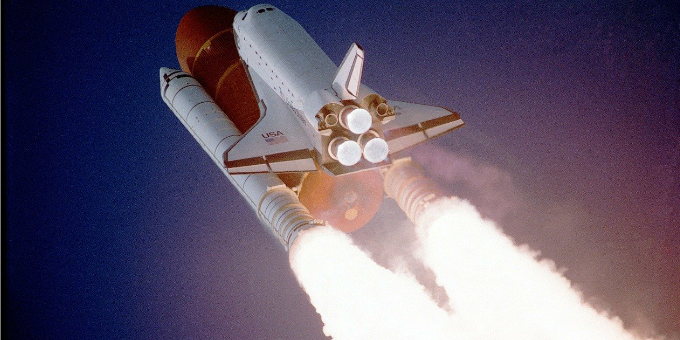The metrics is simple – the faster a site loads, the more successful you will be. No matter how widespread the knowledge is in practice it’s never really a given. Not only that a fast loading site is more likely to attract and retain a potential customer, it will also be ranked better with Google.
A properly built and tested landing page is a must for any sort of successful marketing campaign. What’s often the case it that one tries to put in as much as possible in order to convert the potential customer, this for sure is majorly important. However, there’s the technical side as well – the more interesting elements, videos, graphic gimmicks there are on the site – the slower it loads.
Landing pages and their structure will of course also differ based on what the target is – whether it is just to collect a lead, or to convert a targeted audience for a product. There’s a direct relationship between the loading time and bounce rate, according to a recent study – these are the numbers.
If we put the optimal loading time at 1 second, this is how the bounce rate grows with more loading time:
– 3 seconds loading time – 32 % more bounce rate
– 5 seconds loading time – 90 % more bounce rate
– 6 seconds loading time – 106 % more bounce rate
– 10 seconds loading time – 123 % more bounce rate
As you can see – if the site loads in 5 seconds and more, there’s practically no way it can be competitive. This is a huge difference in bounce rate that will take almost a half of your potential leads away. So don’t forget that pre-selling is extremely important, but without a solid loading time – not even the best thought out landing page will not perform.

